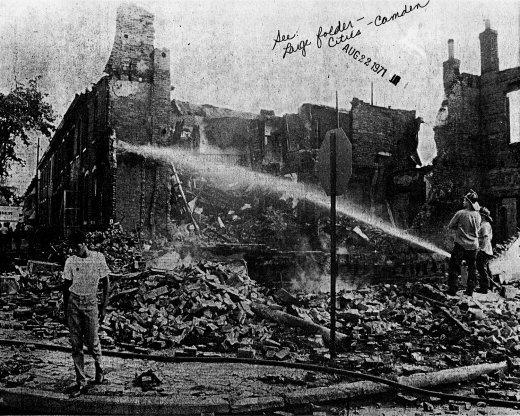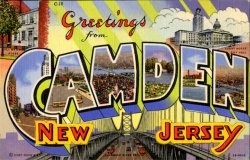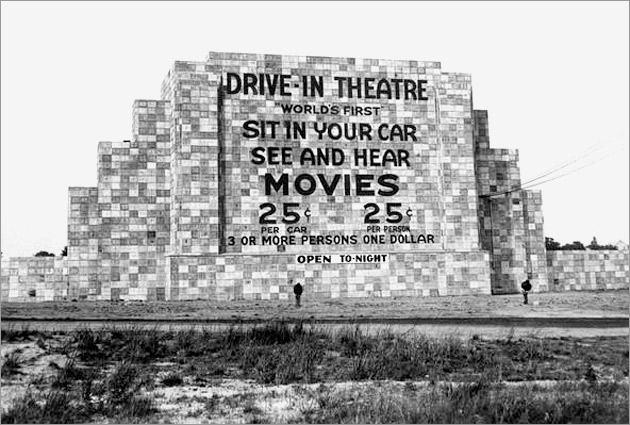
INQUIRER: Raw sewage seeped into Jackeline and Eduardo Gonzalez’s basement, through its bathroom, hallway, and bedroom. The fumes forced the family to eat outside and sent 1-year-old Eduardo Jr. to the emergency room three times with respiratory problems. The toxic flow burned holes in walls and ruined clothes and a sofa. The mold ended Grandma’s visits from Puerto Rico. The sewage comes from a collapsed pipe at the end of their block, on Cherry Street in Camden. How does the city respond? For three hours, three days a week, a bored employee uses a noisy machine to transfer waste from the busted sewer into one that works.
This jury-rigged solution has been in place for more than a year. Camden is so broke, so unable to perform the  basic functions of government, that the obvious solution — repairing the century-old brick sewer system — is almost impossible to achieve, fiscally and politically. Life in Camden wasn’t supposed to be like this. Seven years ago, New Jersey rolled out a revitalization plan that brought with it the biggest municipal takeover in American history. After years of being subsidized by state taxpayers, corrupt and crumbling Camden would be taken over, repaired, and put on a path to self-reliance.
basic functions of government, that the obvious solution — repairing the century-old brick sewer system — is almost impossible to achieve, fiscally and politically. Life in Camden wasn’t supposed to be like this. Seven years ago, New Jersey rolled out a revitalization plan that brought with it the biggest municipal takeover in American history. After years of being subsidized by state taxpayers, corrupt and crumbling Camden would be taken over, repaired, and put on a path to self-reliance.
Then-Gov. Jim McGreevey gave Camden $175 million in bonds and loans, plus a one-time $7.5 million appropriation from the state budget, in exchange for an appointed chief operating officer to run the government and for gubernatorial control over the school board. His plan would create jobs, improve the quality of life, decrease crime, demolish all unsafe vacant buildings, lure new businesses, and, yes, mend sewers. Five years later, when the recovery effort was first scheduled to be completed, the Gonzalezes bought a small rowhouse with money earned cleaning offices in Cherry Hill. But their odorous problem has now forced them to put that house on the market for the price they paid, $69,900. So far, no buyer is interested. MORE

RELATED: The world’s first drive-in movie theater opens in Camden, New Jersey. The concept was developed by Richard Hollingshead Jr., who experimented with various projection and sound techniques in the driveway of his house. Using a 1928 Kodak projector mounted on the hood of his car and aimed at a screen pinned to some trees, Hollingshead worked out the spacing logistics to make sure that all cars had an unobstructed view of the screen. He received a patent for his idea in May 1933 and opened his first drive-in theater only three weeks later. They quickly fanned out across the country. Their popularity soared after World War II, when Americans started having kids in droves. (Can you say “Boom”?) The drive-in offered cheap family entertainment, a place where parents could take the kids without having to shell out for a baby sitter, or worry about them bothering other patrons. In fact, that was Hollingshead’s original hook: “The whole family is welcome, regardless of how noisy the children are.” MORE
